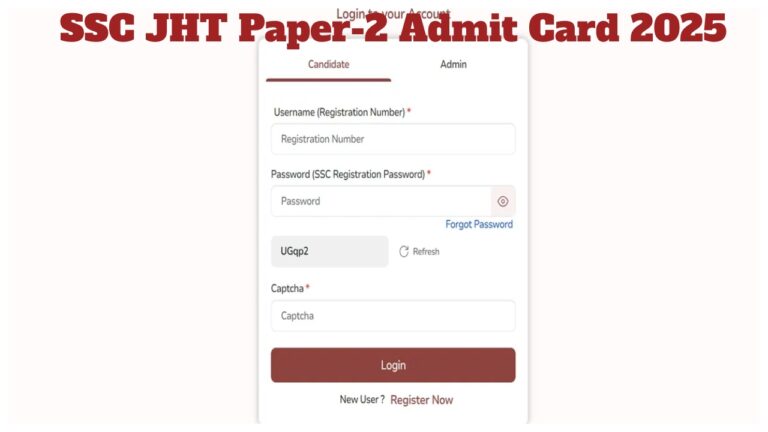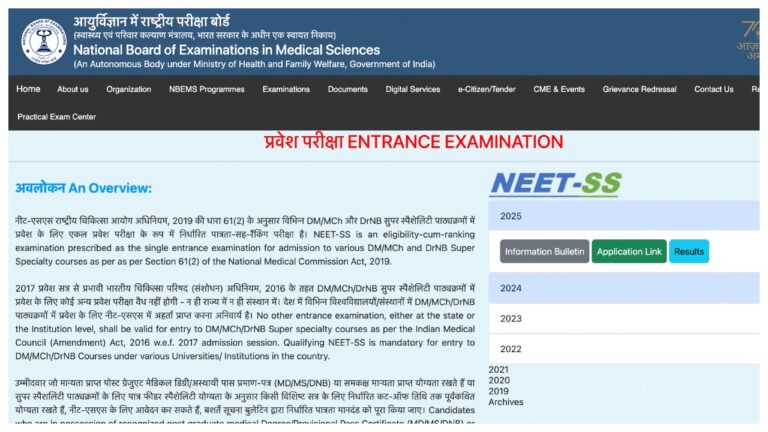FD: The Fixed Deposit (FD) is the most favored investment choice for risk-averse individuals, particularly senior citizens, due to its higher interest rates. FDs provide security, guaranteed returns, and flexibility.
Many individuals often wonder if they can open multiple FD accounts and how many they can have. The answer is straightforward: there is no limit to the number of FD accounts one can open. However, managing several FDs necessitates careful planning. There are numerous advantages to having multiple FDs. By opening FDs with varying maturities at different intervals, you can ensure a consistent cash flow. This strategy allows you to allocate funds for various objectives, such as education, travel, or emergencies.
Additionally, different banks offer varying interest rates. By opening multiple FDs, you can maximize your returns. It is important to note that certain FDs, like tax-saving fixed deposits, qualify for deductions under Section 80C of the Income Tax Act. Before proceeding with multiple FDs, consider your investment goals. For short-term objectives, opt for shorter-term FDs, while for long-term goals, select longer durations. Be aware that the interest earned on FDs is subject to taxation. If the interest exceeds Rs 40,000 (or Rs 50,000 for senior citizens) in a financial year, the bank will deduct tax at source (TDS). Therefore, it is wise to plan your investments to avoid surpassing this threshold unnecessarily.
You can also open FDs with different banks, which can be a beneficial strategy. The Deposit Insurance and Credit Guarantee Corporation (DICGC) insures deposits up to Rs 5 lakh in each bank, so diversifying your FDs across multiple banks enhances your coverage.
FDs in different banks
Moreover, since banks offer different interest rates, having FDs in various banks allows you to secure the best rates available. This diversification also mitigates the risk associated with any single bank experiencing financial difficulties.










